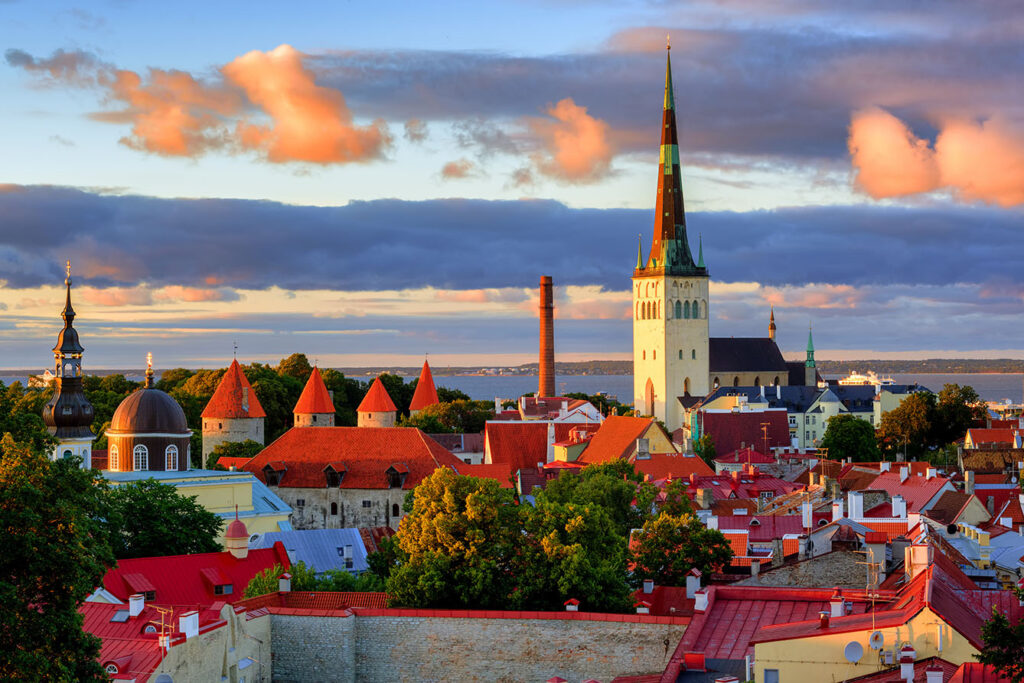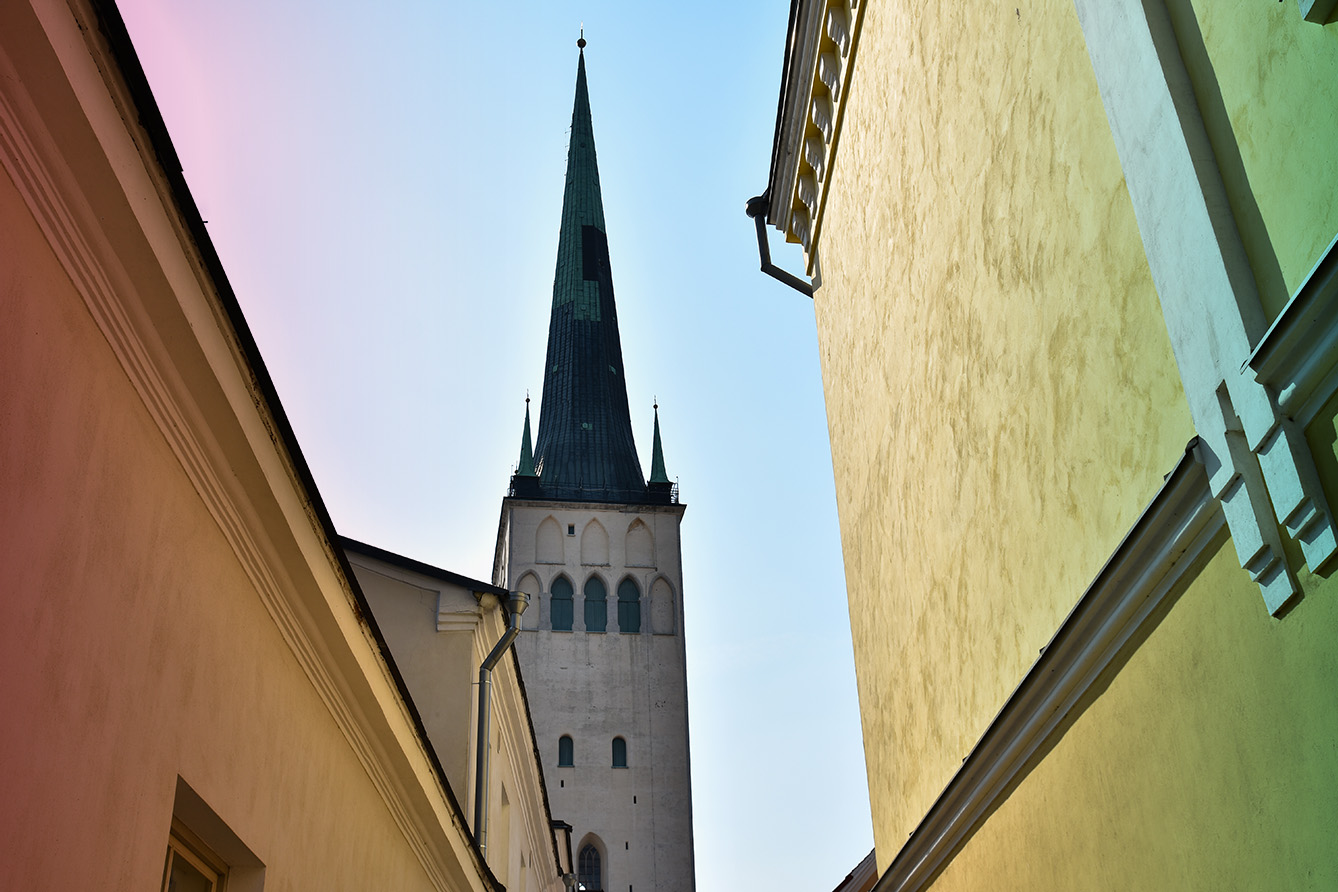One hundred and fifty-nine meters tall. Is that all it takes to be the tallest building in the world? In today’s terms, the answer is a resounding “no”. The world’s current tallest building, Burj Khalifa in Dubai, comes in at 828 meters tall. That makes it more than 6.5 times taller than St. Olaf’s Church in Tallinn. However, back in the 1500s, 159 meters might just have been enough to claim the title.
St. Olaf’s three denominations
Likely built in the 12th century, St. Olaf’s Church in Tallinn is said to have been the center for old Tallinn’s Scandinavian community until it was invaded by the Danes in 1219. It was originally Roman Catholic, however, when the Reformation came, it went with the Lutherans.
In fact, most experts say St. Olaf’s is actually where the Reformation in Tallinn began with the preaching of Chaplain Zacharias Hasse in 1523. It remained in Lutheran hands for centuries, but became a Baptist church in 1950.

The race to the top
Its gothic tower with an impressive, pointy spire and portals reached up to 159 meters tall in the 16th century. Now it stands at a “modest” 123.8 meters tall. According to one claim, it may have been the tallest building in the whole world from 1549 to 1625. Other historians doubt that fact.
Tallest or not, this vertically blessed church has seen its share of hardships. It has been struck by lighting no less than ten times and burned down three times. Under communism it also, unfortunately, served a wrongful purpose as a KGB surveillance and radio tower.
However, there were also benefits to having such a tall building. Tallinn is an important port, so ships were able see its spire from afar and use it as a navigational point. Its tower, a perfect lookout location for a spotter, is nowadays used as a viewing platform.
Be careful though: legend has it that the builder of the church himself, incidentally named Olaf, fell from the tower just when the construction was complete. When he fell to the ground, a toad and a snake – aka devil’s creatures – crawled out of his mouth. Was it a punishment for building the tallest tower in the world? It seems we will probably never know.







